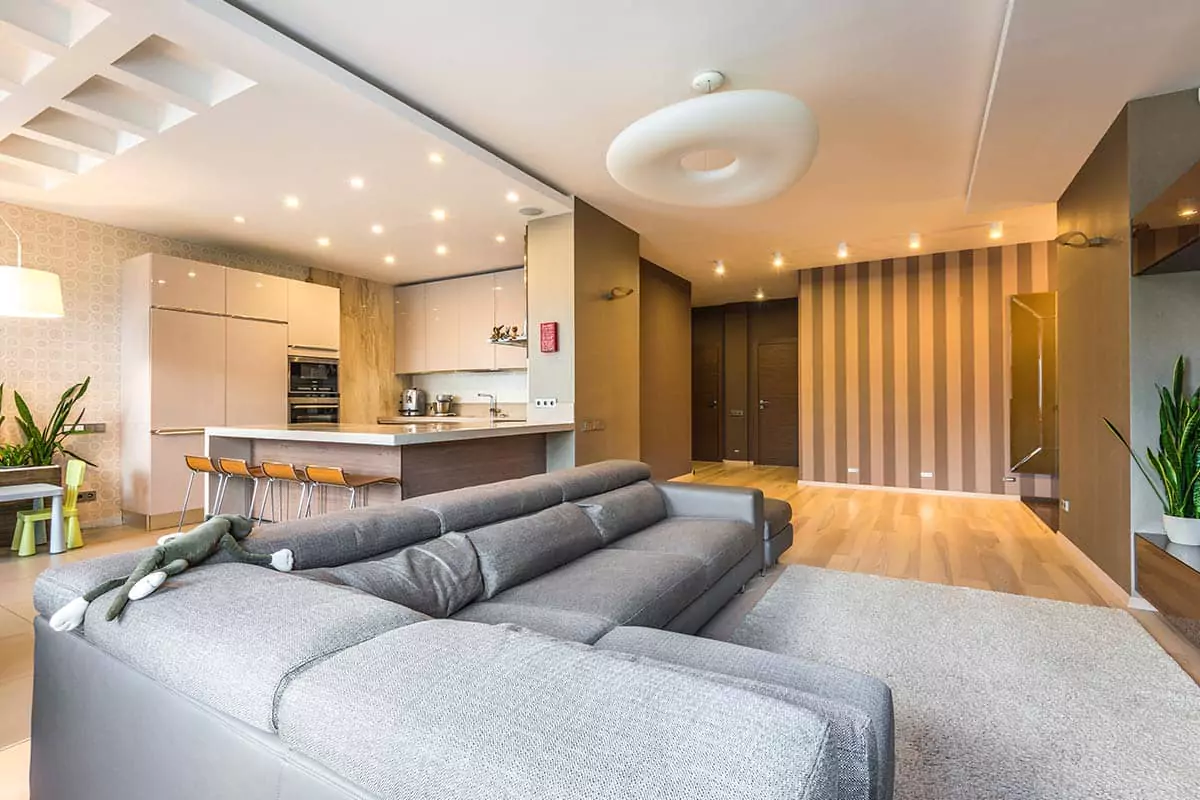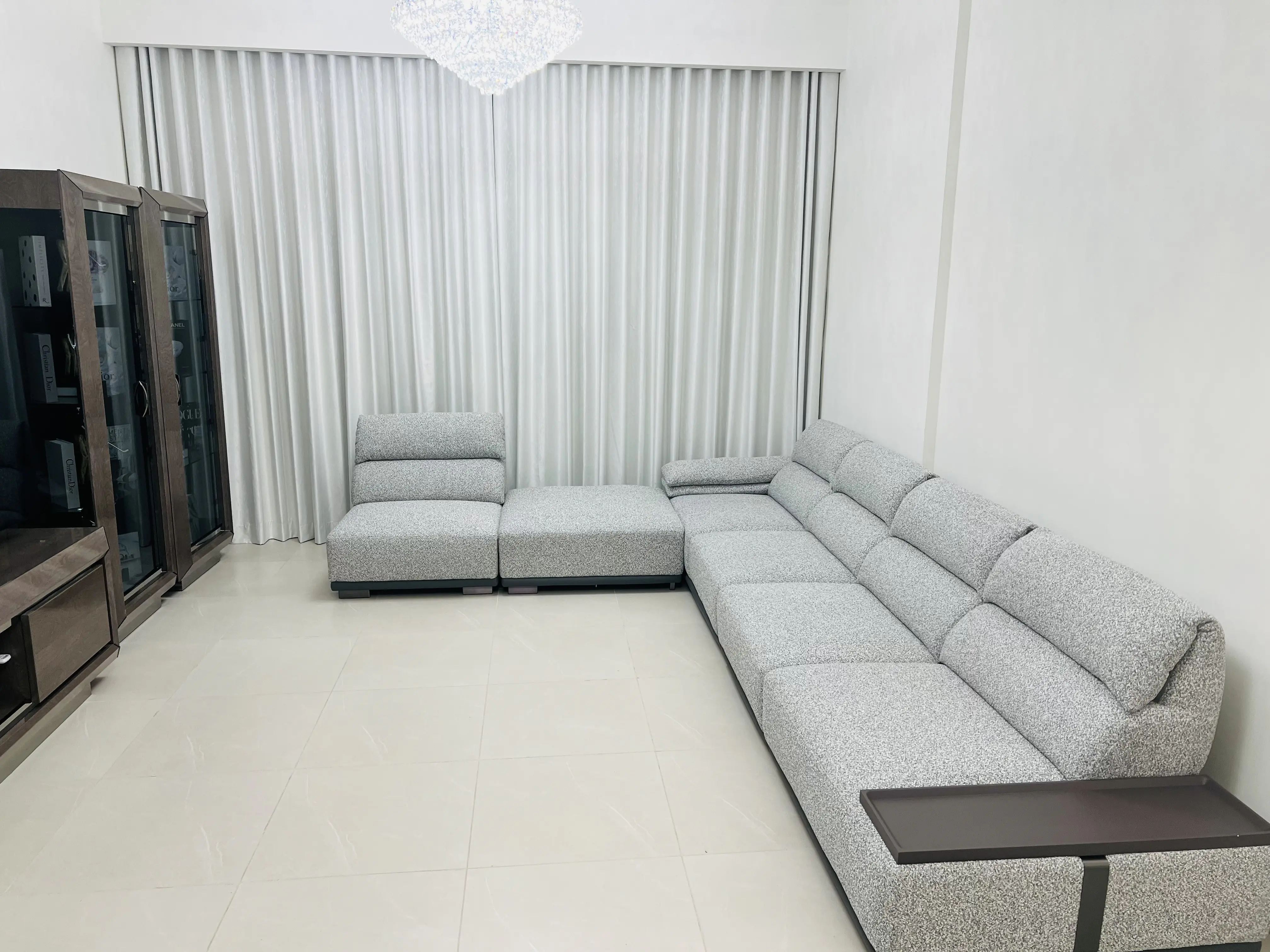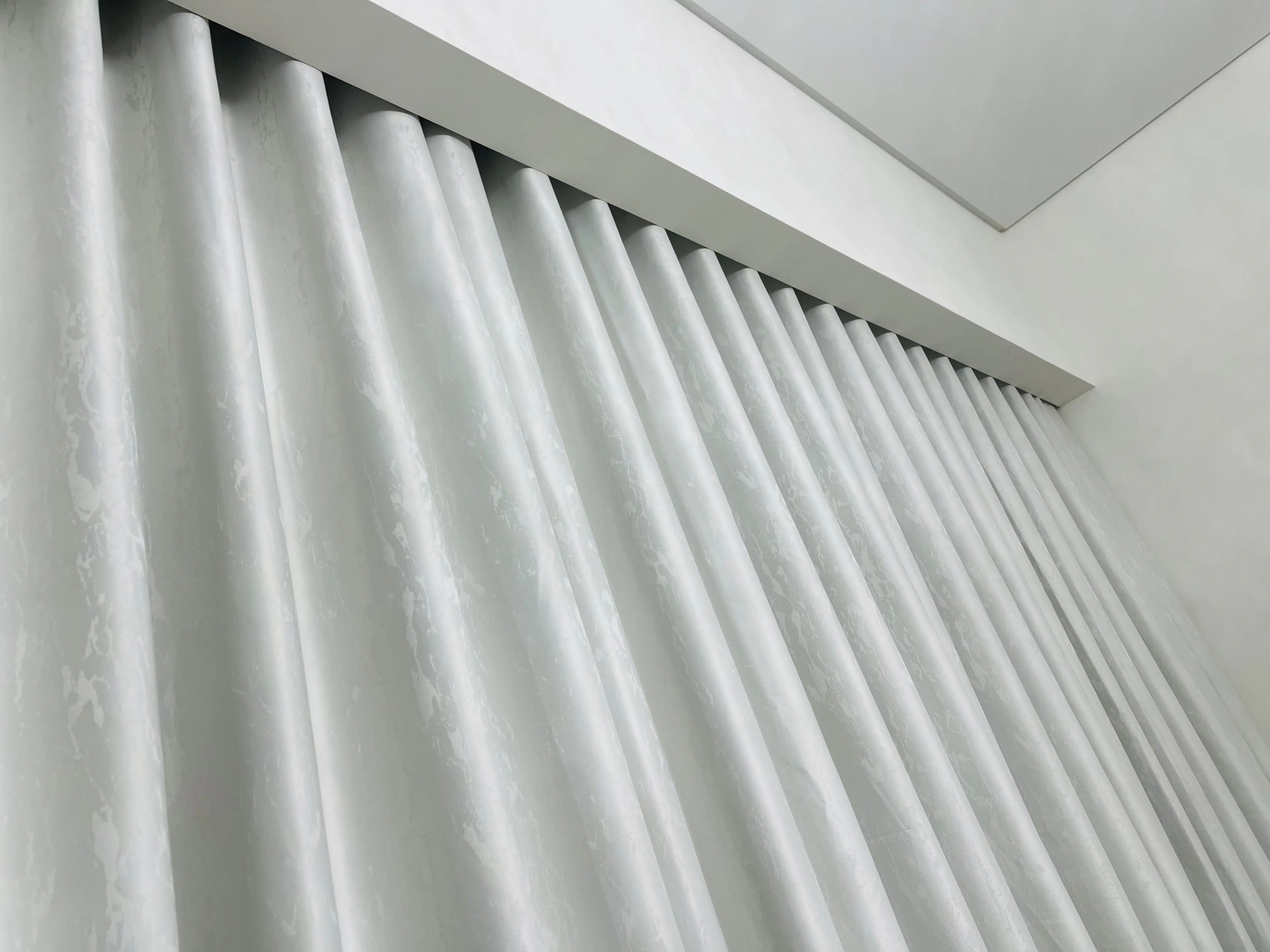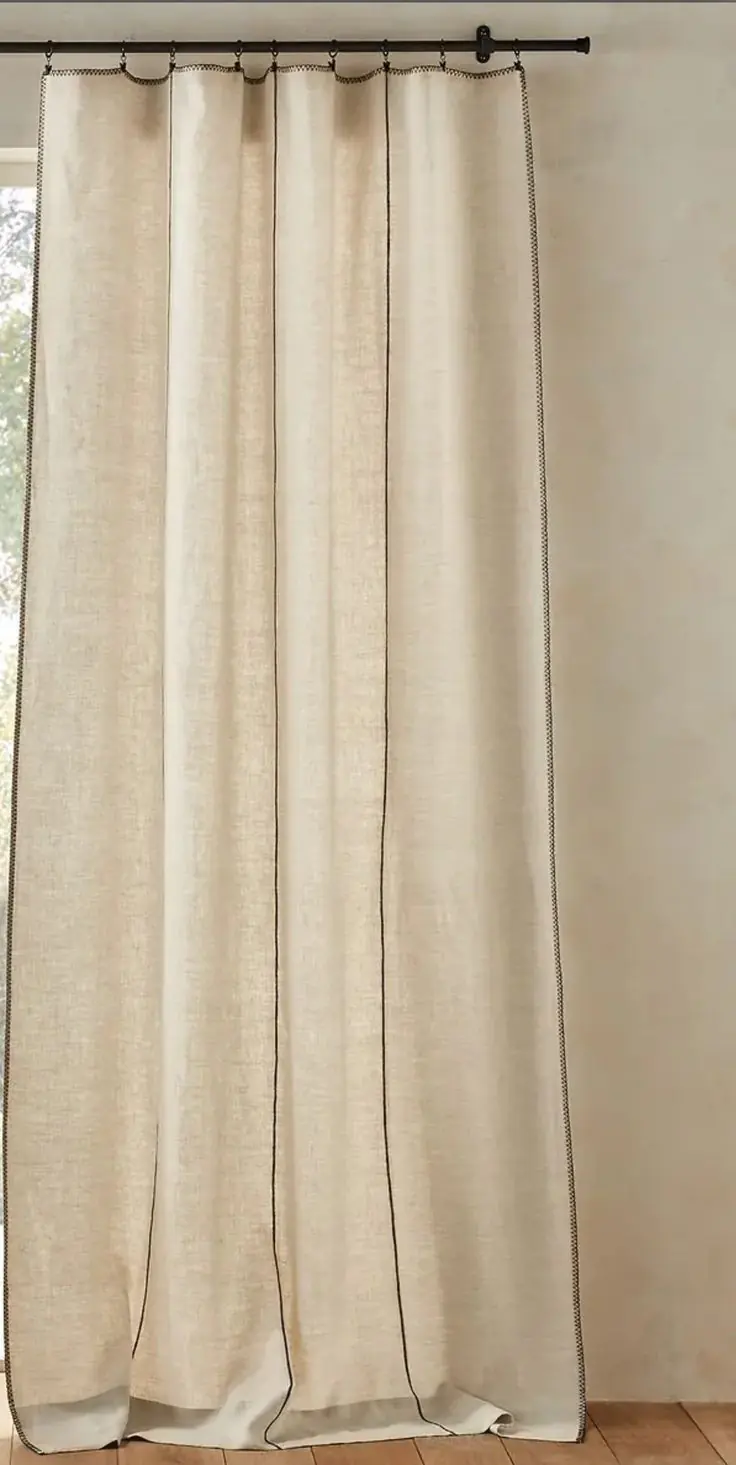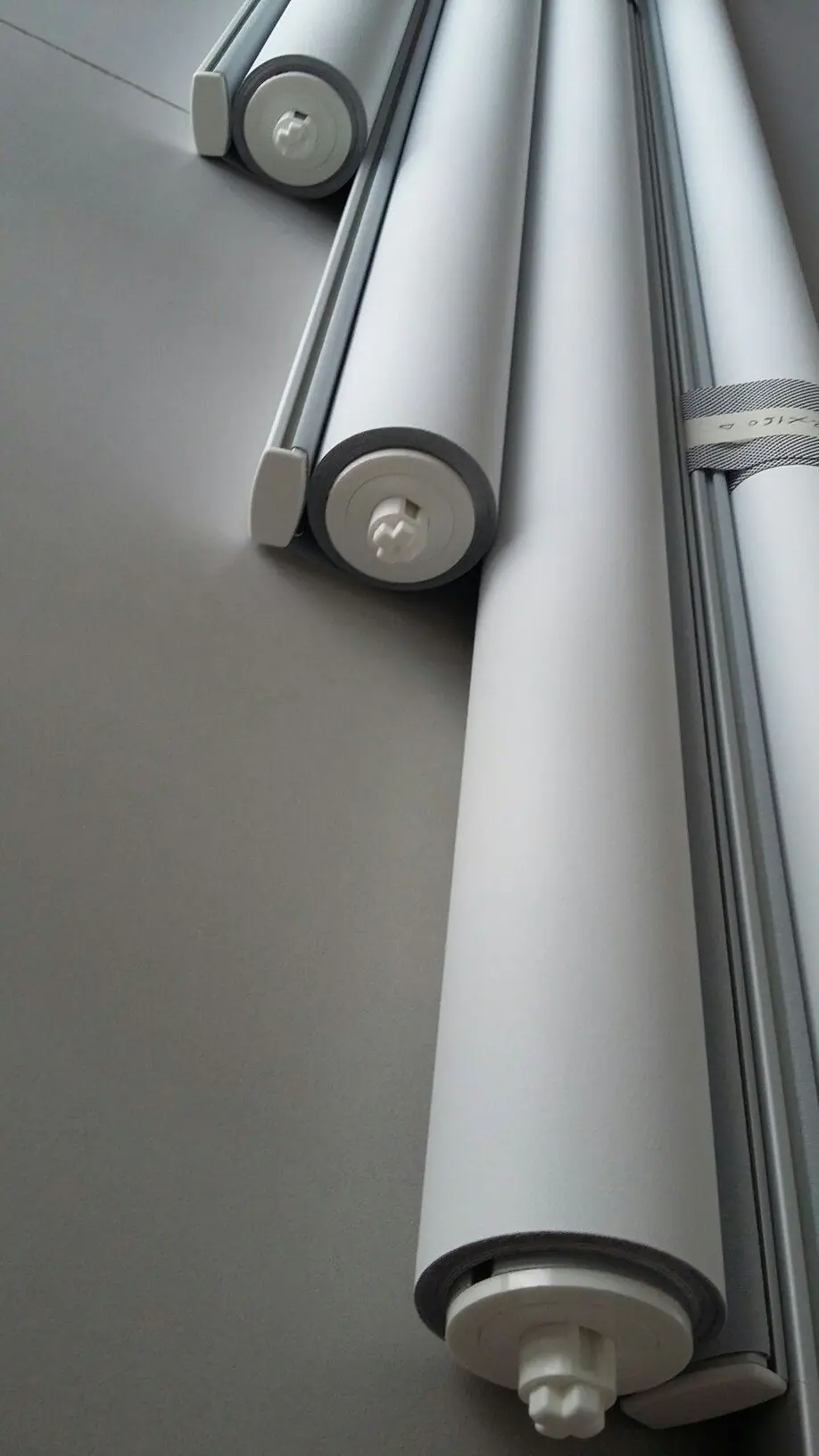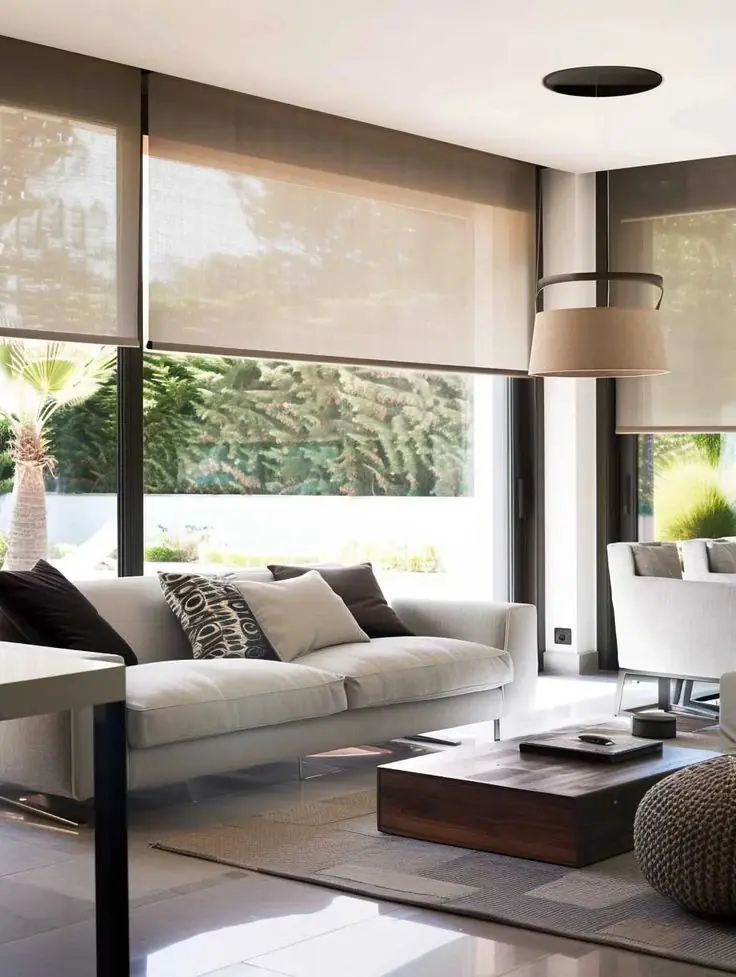On a bright Friday in Dubai Marina, Kareem pressed pause on a movie because the road below sent a flurry of horns into the living room. The windows were tall, the view was perfect, and the echo in the room made every sound feel larger than life. He stood by the glass with two samples in hand, a heavy curtain and a layered blind, and the question felt simple and urgent, which wins the everyday fight, Soundproof curtains vs blinds. This guide answers that question with calm steps, local detail, and numbers in centimeters and AED so your choice fits both your ears and your budget.
- How Soundproofing Works: Understanding Noise Reduction for Windows
- Soundproof Curtains vs Blinds: Which Is Better for Noise Reduction?
- Practical Methods That Improve Any Setup
- How to Soundproof Windows with Curtains and Blinds, Step by Step
- UAE Room Stories That Make The Choice Clear
- Appearance And Daily Living, Keeping Style With Comfort
- Quick Pros And Cons Summary
- When To Ask For Help
How Soundproofing Works: Understanding Noise Reduction for Windows
Windows are thin compared to walls, and sound loves the shortest path. Traffic, aircraft, lively neighbors, and weekend fireworks arrive as pressure waves, they slip through gaps, shake panes, and bounce off hard floors. To calm this, you want mass that resists motion, air gaps that slow waves, and a seal that stops leaks. In UAE apartments and villas with large glazing, better control often comes from layering fabric against the wall or ceiling and bringing the edges tight. This is the foundation that lets you compare Soundproof curtains vs blinds honestly, because both will help only when they cover generously and seal smartly.
Best Soundproof Window Treatments for Effective Noise Control
When you list options, you meet several families, heavy drapes with interlining, multilayer blackout curtains, cellular blinds with deep cells, and dual systems that pair a sheer with a dense layer. In the center of most homes, the best soundproof window treatments combine mass and coverage, meaning they run from ceiling to floor, return into side walls, and stack with enough fullness to trap air inside folds.
How to Soundproof Windows with Curtains and Blinds
The quickest wins come from three moves, add mass in front of glass, block side and top gaps, and create an air pocket between fabric and window. In daily life, how to soundproof windows often means you hang a ceiling track a few centimeters forward of the wall, choose returns of 7 to 10 cm that curve toward side walls, and add a pelmet or a snug headbox that stops sound leaks at the top.
Soundproof Curtains vs Blinds: Which Is Better for Noise Reduction?
The truth is kinder than the marketing, no single product cancels city sound, but smart layers make rooms far more livable. Here is a head to head that keeps things practical for Dubai, Abu Dhabi, and Sharjah homes, and helps you pick where to spend first.
Materials: Choosing Noise-Reducing Curtains and Blinds
Dense woven fabrics, velvet, wool blends, and triple weave dim outs carry weight and drape into deep folds that trap air. Cellular blinds hold still air inside honeycomb cells, and that air adds resistance to sound movement. In the middle of a real purchase, noise-reducing curtains and blinds work best when fabric mass meets a tight fit, because the wrong gap ruins the right cloth.
- Curtains: velvet, heavy cotton blend, or wool blend with interlining add mass. Triple weave blackout is lighter but still helpful in layers.
- Blinds: cellular shades with deep 25 mm to 45 mm cells, double or blackout-lined roller blinds, and Roman blinds with felt interlining.
Construction: How Build Impacts Soundproofing
Curtains gain strength from fullness and layers. A sheer in front softens high frequencies, a dense back layer fights low roar. Blinds gain strength from a snug headbox, side channels, and tight fabric. In the center of this comparison, Soundproof curtains vs blinds comes down to how the product meets the wall, because tidy construction decides leaks.
- Curtains: 2.0 to 2.2 fullness on wave, or pleats at 2.2 to 2.5, with 7 to 10 cm side returns and a pelmet or ceiling pocket.
- Blinds: mount inside a reveal only if you can add side channels, otherwise mount outside the frame and oversize by 10 to 15 cm per side.
Coverage Area: Maximizing Noise Reduction
Coverage is king. A floor length curtain starting at the ceiling forms a large soft barrier, especially on wide sliders. A single blind often stops at the frame, which leaves edges open. In the middle of a tall glass wall, Soundproof curtains vs blinds leans toward curtains because they cover more area with fewer joints and their folds create a deeper air pocket.
Cost Comparison: Affordable vs Premium Options
Budgets matter, and AED choices should be clear. A quality aluminum ceiling track ranges around AED 60 to AED 180 per meter. Face fabrics vary from AED 35 to AED 120 per meter, interlining from AED 25 to AED 60 per meter, and blackout from AED 20 to AED 70 per meter. Cellular or roller blinds with blackout layers can start around AED 250 to AED 700 per square meter depending on brand and side channel options. In the center of a Dubai apartment quote, Soundproof curtains vs blinds will often price similarly for a single window, yet curtains scale better on very wide spans because tracks connect cleanly while extra wide blinds jump in cost or need multiple panels that add gaps.
| Item | Typical Range (AED) | Notes |
|---|---|---|
| Ceiling track per meter | 60–180 | Heavy duty for velvet or interlined drapes |
| Face fabric per meter | 35–120 | Linen look, velvet, wool blend |
| Interlining per meter | 25–60 | Adds mass, better folds |
| Blackout lining per meter | 20–70 | Triple weave or coated |
| Cellular blind per m² | 300–700 | Deeper cells cost more |
| Roller blind per m² | 250–600 | Blackout plus side channels raise price |
Appearance: Style Considerations for Blackout Curtains for Noise Reduction
Rooms have a voice. Curtains bring softness, color, and a gentle vertical rhythm that reads well on camera and at night. Blinds bring clean lines and a crisp profile that suits offices and minimal homes. In the middle of style and comfort, blackout curtains for noise reduction give you a cozy evening mood, while channelled blinds look sharp in daytime work zones.
Ideal Use Cases for Soundproof Curtains and Blinds
Bedrooms near busy roads love heavy curtains with interlining, living rooms with large sliders benefit from double track curtains, and studies with modest windows like cellular blinds inside a reveal. In the center of daily use, Soundproof curtains vs blinds depends on the window scale and the way you live, because large glass rewards fabric, and compact windows reward snug blind hardware.
Installation Challenges: Soundproofing Large Windows Effectively
Big spans need weight planning, bracket spacing, and safe fixings. Ceiling tracks should take clips every 50 to 60 cm, rods need brackets every 120 to 150 cm, and blinds that stretch beyond two meters often require split panels. In the center of family rooms with long sliders, soundproofing large windows effectively usually favors curtains because they link modules without visible joins and their folds behave kindly at scale.
Practical Methods That Improve Any Setup
Seal The Sides And The Top
Sound loves a shortcut. Add 7 to 10 cm returns that bend toward side walls and a pelmet or ceiling pocket to block the top gap. For blinds, add side channels or mount outside the frame, then oversize by 10 to 15 cm per side. These small choices make a surprising difference in the everyday math of Soundproof curtains vs blinds.
Layer Sheer + Dense
A daytime sheer softens high frequencies and protects your view from glare, while a dense night layer carries the heavy work. The two together behave better than either alone. This is why hotels use double tracks, and it is why homes near lively streets find peace after dinner.
Add A Rug And Soft Furnishings
Hard floors reflect sound. A thick rug, upholstered seating, and fabric wall art reduce echo so your window treatment does not work alone. Think of the room as a soft team. Every bit of mass counts.
How to Soundproof Windows with Curtains and Blinds, Step by Step
- Measure generously: ceiling to floor height in three spots and span from wall to wall or frame to frame, then add side coverage.
- Pick a system: double track with sheer and interlined curtain, or cellular blind with side channels and an outside mounted blackout roller over it.
- Plan the head: pelmet, ceiling pocket, or snug headbox to stop top leaks.
- Fix safely: confirm gypsum anchors or concrete plugs. Clips every 50–60 cm on tracks. Blinds need square, level mounts.
- Set returns: 7–10 cm on curtains. Oversize blinds beyond the reveal to cover uneven plaster lines.
- Train folds: close at night and comb folds by hand for a week so the cloth learns where to land. Better folds, better seal.
UAE Room Stories That Make The Choice Clear
Dubai Marina Bedroom, Street Lamps And Weekend Traffic
Cool gray walls, tall slider to the balcony, and a road that never sleeps. A double ceiling track went in, pearl sheer in front, velvet with interlining behind. Returns at 9 cm, a slim pelmet for the top. The night sounds softened to a quiet rush, sleep returned, and the view stayed open by day. The test here showed how Soundproof curtains vs blinds leans toward curtains on wide glass.
Meydan Study, Compact Window And Early Zoom Calls
A single reveal window above a desk. A cellular blind with deep cells and side channels calmed morning noise, a small outside mounted blackout roller covered the frame at night. For this size and use, the blind set felt efficient, tidy, and budget friendly.
Sharjah Family Lounge, Long Wall And Echo
Large wall with two windows and a gap between them. A continuous ceiling track with wave headers ran wall to wall, sage sheer and mushroom dim out, interlined. The echo dropped, the TV sounded better, and the two windows read as one calm plane. It is a classic case where fabric helped both the ears and the eyes.
Appearance And Daily Living, Keeping Style With Comfort
Rooms have different rhythms. Bedrooms prefer a cocoon, living rooms split between open daylight and a cozy night, studies keep screens happy. Your choice should serve the rhythm first, and the look second, since good sound lives in steady habits. If you love minimal lines, pair a cellular blind with a discreet curtain over it for nights. If you love textures, pick a linen look sheer and a wool blend curtain with soft pleats. Either way, keep the hardware quiet, white ceiling tracks often vanish and let the fabric do the talking.
Cleaning And Care
Dust builds silently. Vacuum folds lightly every one to two weeks. Steam from 10 to 15 cm to reset shape. Cellular blinds need a gentle brush attachment. A yearly professional clean keeps both fabric and hardware in shape, especially for interlined drapes that carry extra mass.
Quick Pros And Cons Summary
| Option | Pros | Cons | Best For |
|---|---|---|---|
| Curtains | Great coverage, easy double layer, deep folds trap air, friendly for very wide spans | Need space to stack, heavier to clean if interlined | Bedrooms by roads, large sliders, echo control in tiled rooms |
| Cellular Blinds | Snug in reveals, clean look, decent with side channels | Gaps without channels, less coverage on very wide spans | Compact windows in studies and kitchens |
| Blackout Roller Blinds | Simple, durable, good in layers | Need outside mount and side channels to help with sound | Paired under curtains for night control |
When To Ask For Help
If you want a second pair of eyes on measurements, returns, and pelmets, or you prefer a team to handle the heavy lifting across the Emirates, a quick visit with Instylea keeps the plan clean. You can ask for samples that match your light at 10, 14, and 20, and a simple drawing that shows where the track or headbox should sit.
Frequently Asked Questions (FAQs)
Explore the finest interiors in the UAE market. Step inside stunning spaces. browse now!
